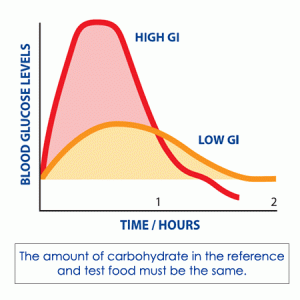DIETARY FIBRE
Dietary fibre belongs to the carbohydrates group, but on the contrary it takes no calories (the few ones are burned to absorb the fibre itself).
Fibre can be SOLUBLE and INSOLUBLE:
– INSOLUBLE fibre one decreases the sensation of hunger and is useful for weight reduction, constipation (mostly in hypocaloric and hypolipidic diets, where, due to fats reduction, it’s more difficult to regulate the intestine). It prevents colon-rectal tumours too.
– SOLUBLE fibre forms a gel and delays sugars and fats absorption helping reduce blood cholesterol level. Soluble fibre is useful for people with diabetes, because it delays and reduces the glycemic peak.
INULIN:
It’s a prebiotic soluble fibre obtained from chicory.
Many studies clearly show how the inulin intake is good for intestinal flora, because it stimulates the growth of healthy intestinal bacteria which supports good colon health.



